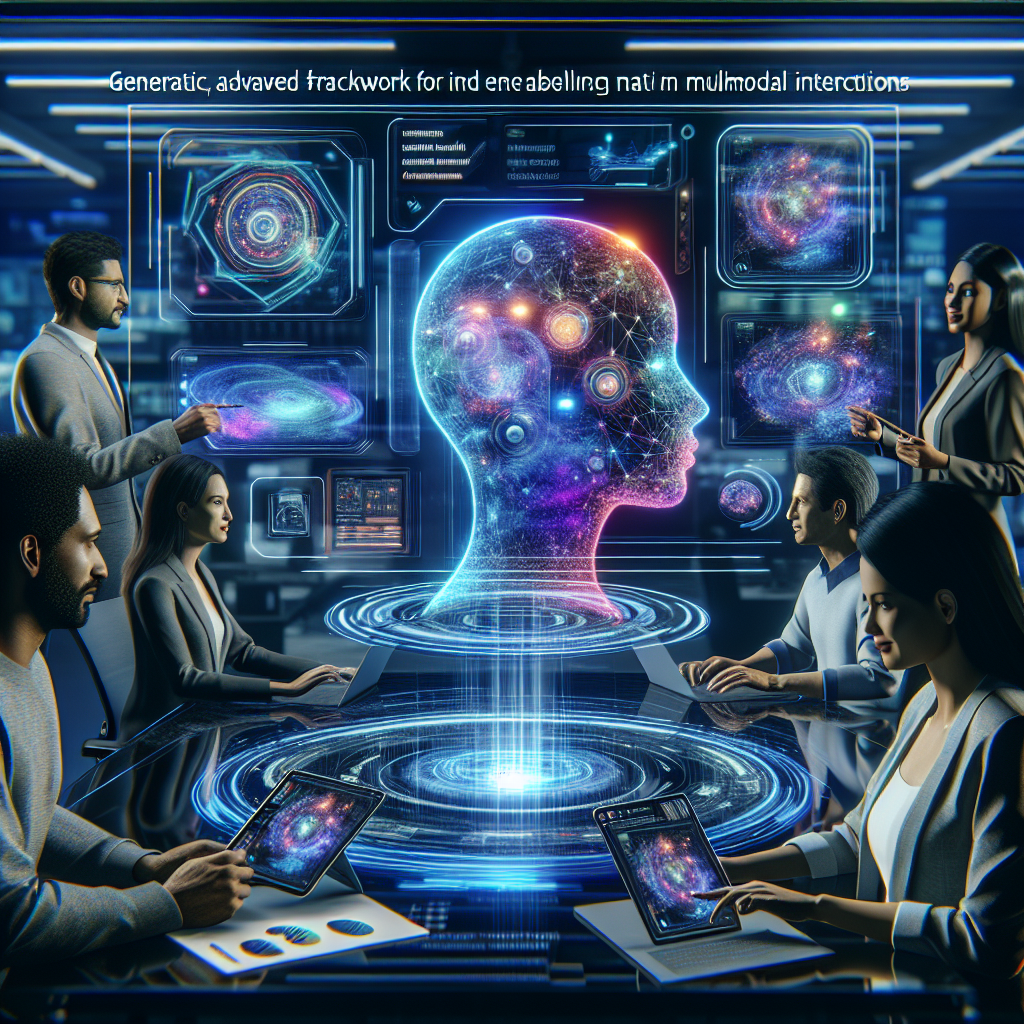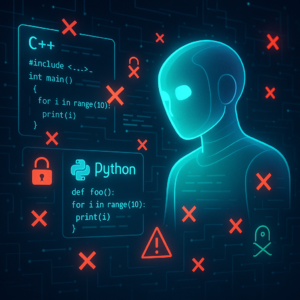Discovering New Dimensions: How Ming-Lite-Uni is Revolutionizing Multimodal Interaction

Discovering New Dimensions: How Ming-Lite-Uni is Revolutionizing Multimodal Interaction
The world of artificial intelligence is buzzing with excitement about a groundbreaking innovation that promises to dramatically change how we interact with technology. Imagine talking to your device in natural language and having it not only understand your words but also create images or edit photos just as you envisioned. That’s the essence of Ming-Lite-Uni, a cutting-edge framework that combines vision and language for a seamless multimodal interaction experience. This blog post dives into the research behind Ming-Lite-Uni, breaking down what makes it so special, how it works, and what it means for the future of AI.
What’s the Big Deal About Ming-Lite-Uni?
Ming-Lite-Uni is more than just a catchy name; it signifies the latest advancements in unified AI models. These models are special because they can handle various types of data—think images, text, and beyond—using a single system. The ability to generate and modify images based on text input is like giving your AI a creative brain. In the world where tools like OpenAI’s GPT-4o have started including image generation capabilities, Ming-Lite-Uni takes things even further.
The research team behind Ming-Lite-Uni is a large group of talented individuals who have crafted an open-source framework specifically designed for multimodal tasks. One of the standout features of this framework is its ability to handle complex tasks through natural dialogues, making it easier than ever for users to create and edit visuals without needing specialized technical skills.
Unpacking the Technical Jargon
Sounds cool, right? But what does that actually mean for the rest of us? Let’s break down some of the technical aspects into simpler terms.
What is Multimodal Interaction, Anyway?
Multimodal interaction refers to the ability of an AI system to process and understand different forms of input—like text and images—simultaneously. Imagine chatting with someone through text while also showing them photographs. The goal is to create an interaction that feels more fluid and natural, just like regular human communication.
The Heart of Ming-Lite-Uni
The magic of Ming-Lite-Uni lies in a couple of key components:
-
Unified Visual Generator: This is the part that allows Ming-Lite-Uni to create images or edit existing ones based on your descriptions. So if you say, “Make it look like a sunset with mountains in the background,” it can understand and execute that request.
-
Multimodal Autoregressive Model: This technical term essentially means the model can take a little bit of information and expand upon it intelligently. Think of it as a storyteller—start with a few main ideas, and the framework builds a complete narrative, whether that’s a picture or a story.
-
Multi-Scale Learnable Tokens: Picture these as different layers of understanding—like zooming in and out on a picture. Ming-Lite-Uni uses these tokens to capture as much detail as possible, allowing it to understand both the broad picture and the intricate details.
Getting Down to Business with Real-World Applications
So, you might be wondering, “How can this technology help me in my daily life or my own work?” The implications are huge! Here are some practical applications:
-
Creative Design: Graphic designers can use Ming-Lite-Uni to generate visual content based on textual inputs, saving hours of manual work.
-
E-Commerce: Imagine creating product images based on descriptions automatically—retailers could enhance their online stores exponentially.
-
Education and Training: Teachers can tailor educational materials with customized visuals, making learning more engaging for students.
-
Gaming: Developers could use it to generate rich, dynamic content based on player interactions and narrative direction.
Everything is Connected: The Importance of Open-Sourcing
One of the most significant aspects of Ming-Lite-Uni is that it’s built to be an open-source project. This means that anyone can access the code and model weights, fostering a community where improvements and innovations can thrive. By sharing this technology, the developers encourage exploration and experimentation—think of it as opening the door to a collaborative playground for developers and researchers.
The Road Ahead: What’s Next for Ming-Lite-Uni?
Though Ming-Lite-Uni is still in its alpha stage, meaning it’s in the process of refinement, the foundation has been laid. The next steps will likely focus on improving its multimodal capabilities, enhancing the quality of output (like those stunning images or seamless edits), and expanding its community engagement efforts. As developers work on updates and new features, the potential for Ming-Lite-Uni continues to grow.
Key Takeaways
-
Ming-Lite-Uni is an innovative open-source framework designed for multimodal interactions, combining vision and language into a single system.
-
It features multi-scale learnable tokens and a native autoregressive model, allowing for detailed image creation and editing based on natural language inputs.
-
Real-world applications are vast, impacting fields like creative design, e-commerce, education, and gaming.
-
The project is open-source, fostering a collaborative community for further improvements and innovations.
-
As Ming-Lite-Uni goes through refinement, expect even more groundbreaking advancements on the horizon.
In summary, Ming-Lite-Uni marks a significant stride towards a future where AI is not just a tool but a creative partner in our everyday lives. From generating artistic visuals to redefining how we interact with technology, the potential is limitless. Keep an eye on this space—exciting times are ahead!
If you are looking to improve your prompting skills and haven’t already, check out our free Advanced Prompt Engineering course.
This blog post is based on the research article “Ming-Lite-Uni: Advancements in Unified Architecture for Natural Multimodal Interaction” by Authors: Biao Gong, Cheng Zou, Dandan Zheng, Hu Yu, Jingdong Chen, Jianxin Sun, Junbo Zhao, Jun Zhou, Kaixiang Ji, Lixiang Ru, Libin Wang, Qingpei Guo, Rui Liu, Weilong Chai, Xinyu Xiao, Ziyuan Huang. You can find the original article here.




